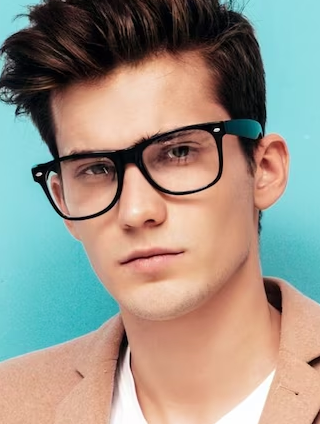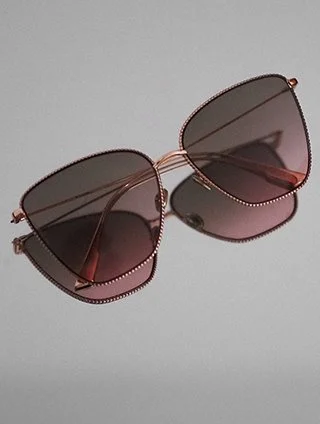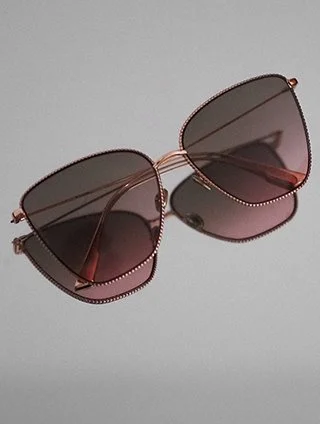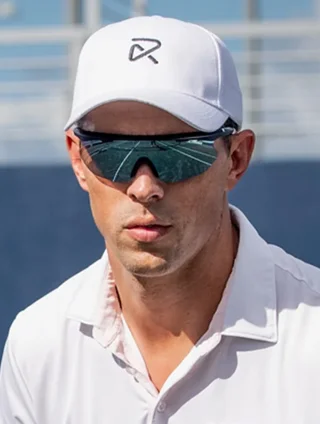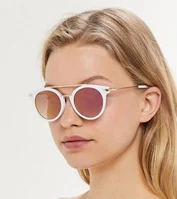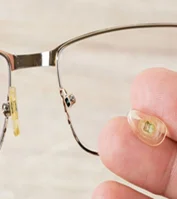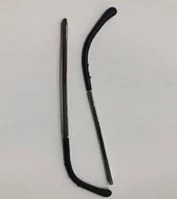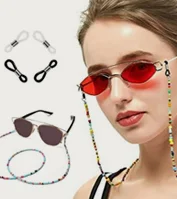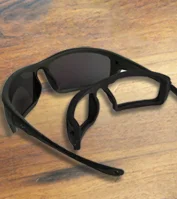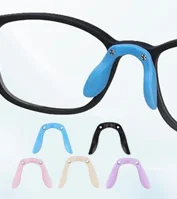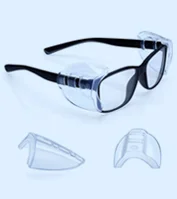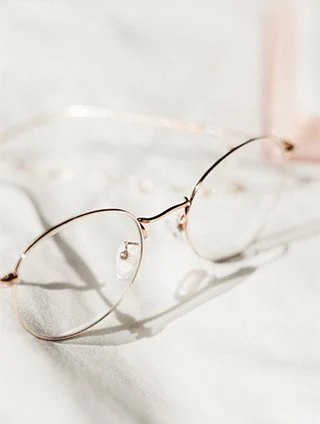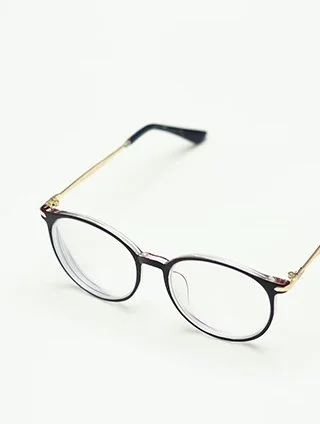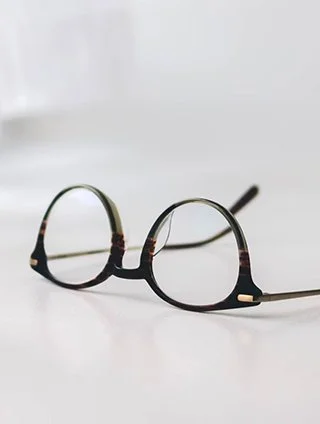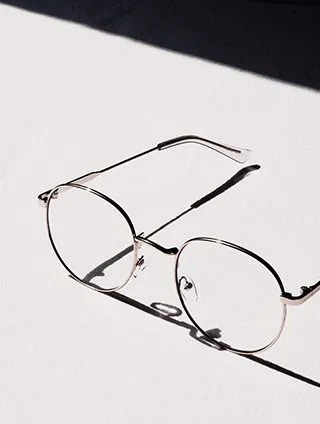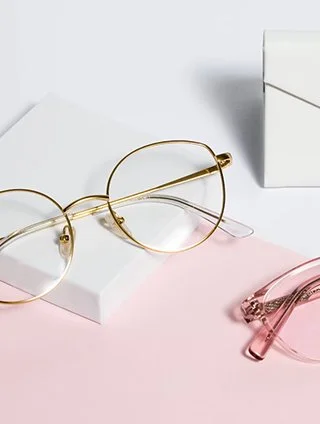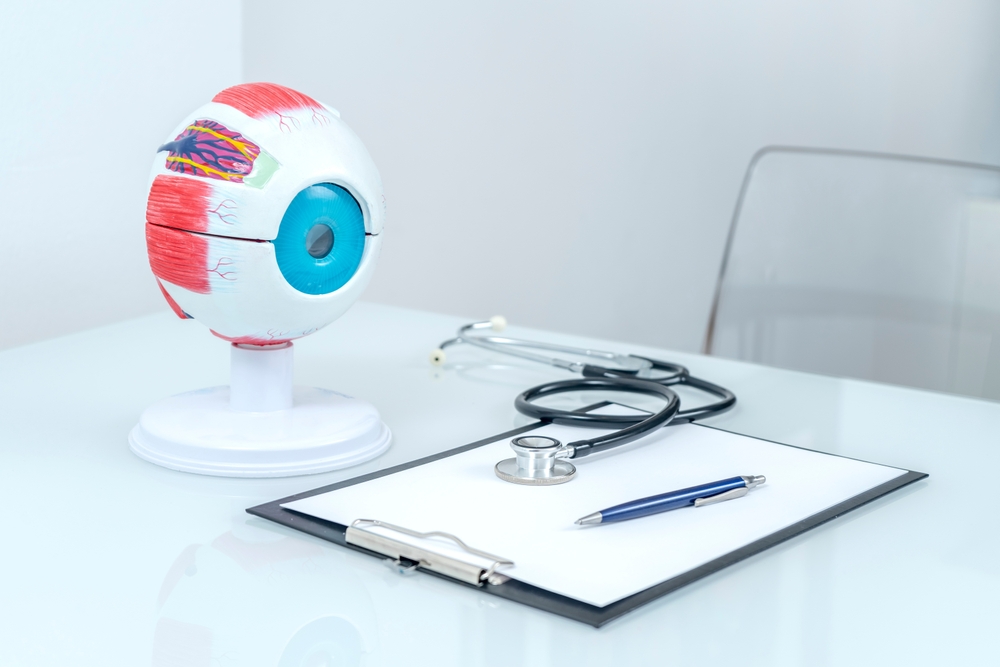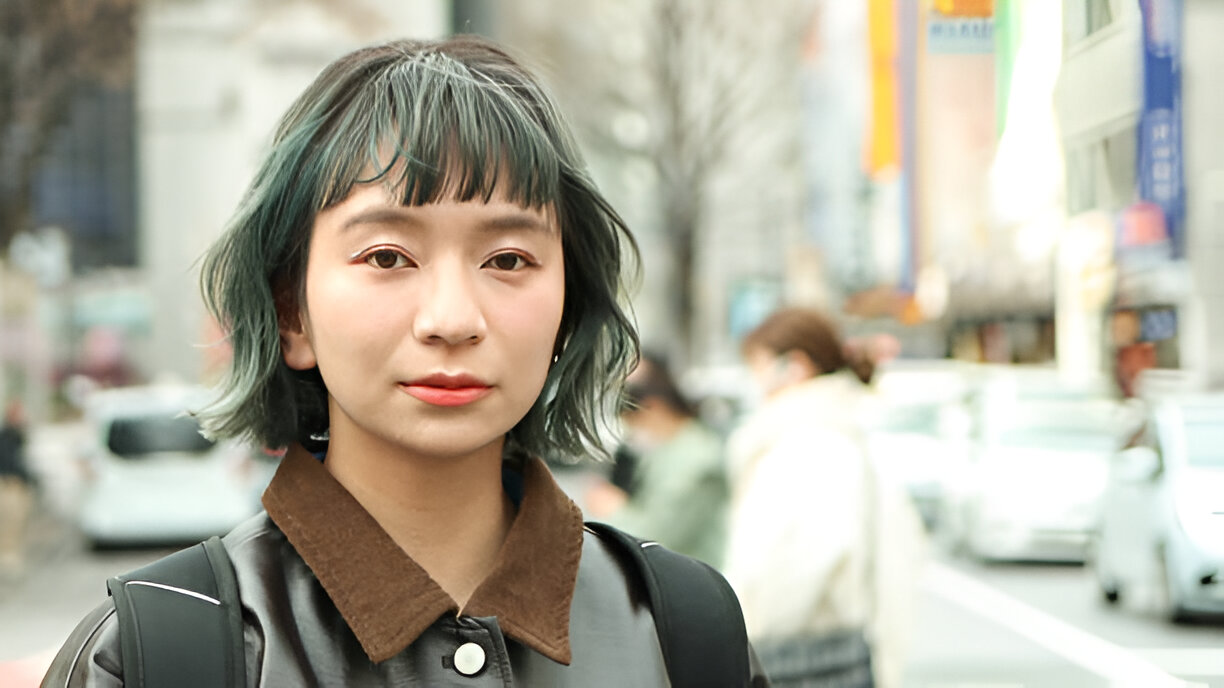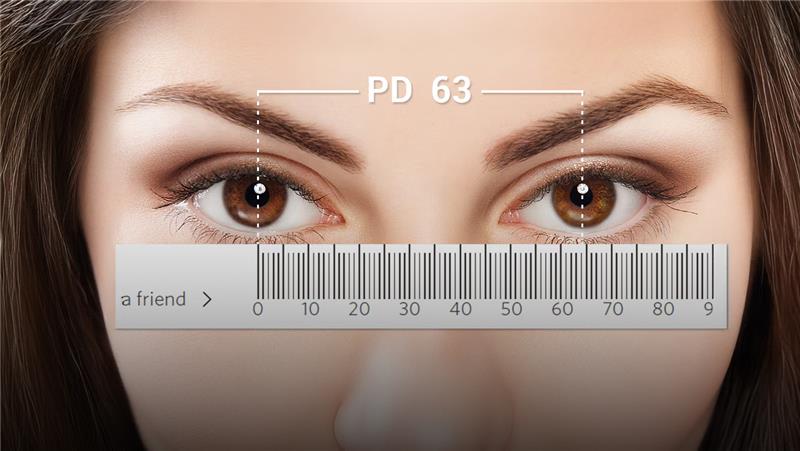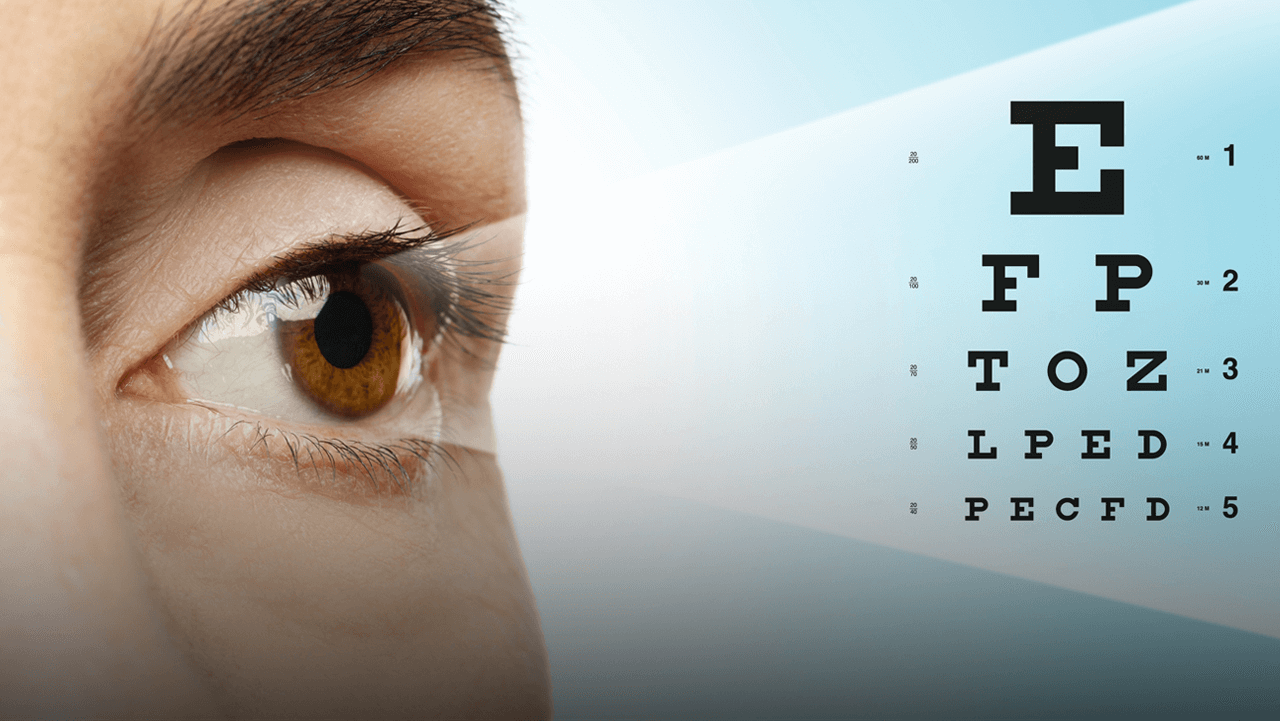Last updated: Tuesday, January 21, 2025
The transparent protective layer of your eye is called the cornea. Besides helping to filter out part of the harmful UV radiation, it blocks dirt and germs. It is essential to vision as well. The curved edge of the cornea bends or refracts light as it enters your eye. This helps assess how well your eye can focus on near and far objects. Scars left behind by an injury illness or infection that damages your cornea may affect your vision. They can block or distort light from entering your eye, causing it to be blocked or distorted.
What Is A Cornea?
The transparent dome-shaped layer that covers the front of your eyes is called the cornea. It functions similarly to the windshield in your eye. Debris bacteria and other contaminants should be avoided.
Its unique form filters certain ultraviolet (UV) rays and is crucial to the function of your eyesight. The anterior (forward) chamber of your eye which houses the aqueous humor is directly in front of your corneas. Your iris pupil and lens are located behind the anterior chamber.
Your eyes, white tissue, and sclera surround the cornea. Because of their primary role as guardians of the surface of the eye corneas are susceptible to damage and injuries. Thankfully, your corneas can also heal quickly and efficiently.
What Is The White Part Of Your Eye Called?
Your eye's white portion is called the sclera. It's a layer of protection that covers the majority of your eye. The nerve at the rear of your eye is reached from the cornea at the front. Your eye's white pigment or sclera is a strong protective layer of tissue that is only a millimeter thick—roughly the thickness of a credit card. It supports and shields your eye. The term sclerae is the plural of sclera. The sclera supports your eyeball. It shields your eye from harm and keeps it in its natural shape. Your eyeball can be moved with the aid of sclera-attached muscles.
Swollen Cornea
Edema or swelling of the cornea results from an insufficient flow of fluid out of your eyes which leads to a build-up of fluid. You might experience eye discomfort or blurry vision. Your doctor may advise on surgery or medicine. Corneal edema is a swelling that can develop in the cornea following an infection or injury.
Inflammation following eye surgery, such as a cataract surgery or hereditary disorders, may also cause it. The swelling results from a buildup of fluid in your cornea, regardless of the cause. Visibility issues could arise if you have corneal swelling. Your cornea, which is the transparent dome-shaped outer layer of your eye aids in clear vision.
Cloudy Cornea
The transparent lens in your eye is called the cloudy cornea. The cornea may become opaque because of injury or scarring. You can't see as well as you could because of this obstruction of light. Your eyes may seem cloudy or white when you look in the mirror. Though there are treatment options, this can be frightening.
Layers Of The Cornea
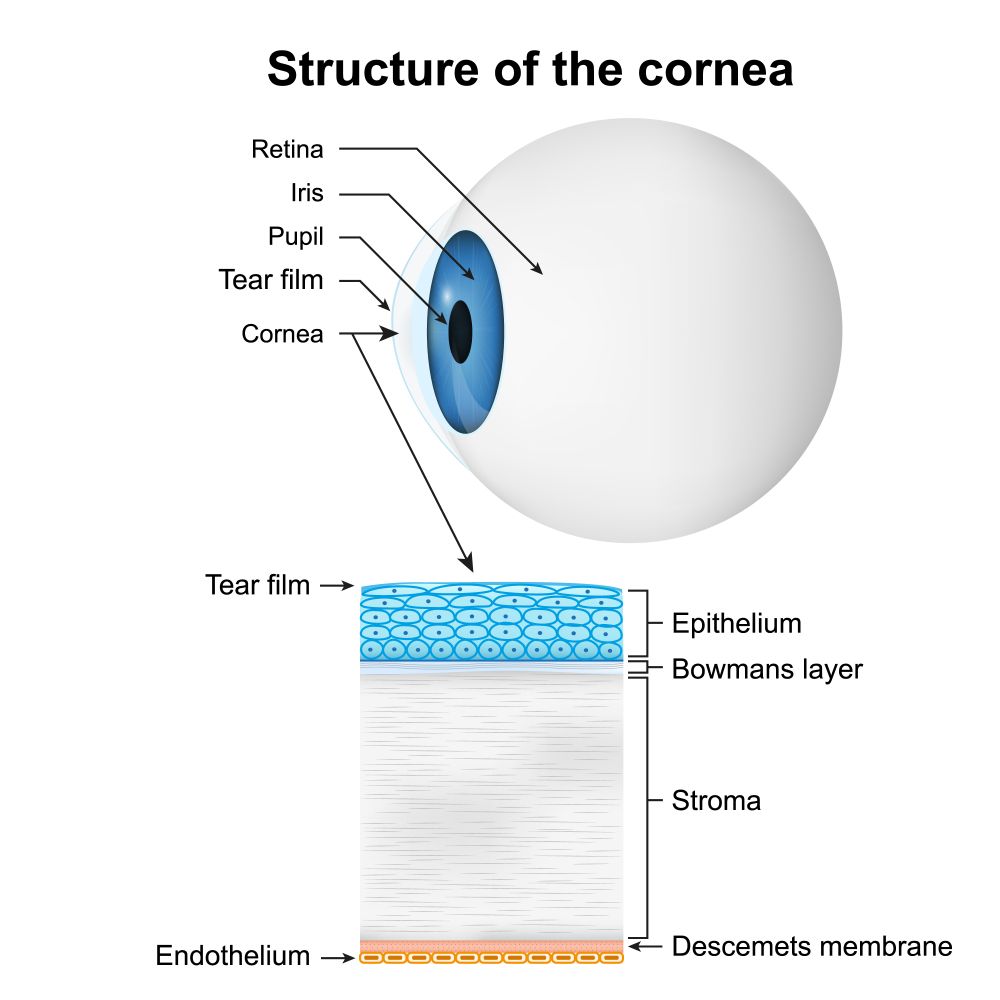
There are six cornea layers. They're the following:
- The epithelium: The cornea's outermost layer is this one. It's a physical partition that separates the inside of your eye from the external environment and it's extremely pain-sensitive. Researchers estimate that the cornea contains 300–600 times as many pain receptors as your skin does. That tenderness serves as a safeguard. When something hurts your eyes, it causes you to react strongly to stop or remove it.
- The Bowman's layer: Mostly composed of collagen, this layer is tough. Its purpose is to provide the cornea structure and support its shape.
- Stroma: This is the cornea's thickest layer. It helps focus light onto your retinas by strengthening the structure of your cornea and bending it, or by refractive action.
- Pre-Descemet (PDL): This is also known as Dua's layer. According to research, it is airtight, which denotes that it forms a powerful barrier that keeps the air and fluid inside your eye separate from the outside environment.
- The layer of Descemet: This layer is remarkably strong despite being thin and flexible. It supports the integrity of the structure of your eye and aids in preventing infection and damage to the internal organs.
- The endothelium: This layer primarily controls fluid balance in and around the cornea. It helps ensure that the stroma contains precisely the right amount of water and fluid for your cornea to function as it should.
The functions of each layer are distinct, but the interplay of the layers is what gives your cornea its overall strength. The layers perform similarly to safety or laminate glass seen in automobile windshields. A sheet of thin clear plastic is sandwiched between two glass layers to form laminate glass. The plastic layer (and occasionally extra layers of glass and plastic alternate considerably strengthened the entire object to further strengthen it).
Function Of Cornea
The cornea fulfills two primary purposes.
- It helps protect the remaining eye from debris, bacteria, and other dangerous substances. Along with tears, the eye socket, the cornea, and the white portion of the eye (sclera) these structures all serve the same protective purpose.
- The cornea serves as the external lens of the eye. It serves as a window that directs and concentrates light entering the eye. The cornea accounts for 65%–75% of the total focusing power of the eye.
When light reaches the cornea, it is bent or refracted onto the lens. The retina is a layer of light-sensing cells that lines the back of the eye and is where vision initially arises from light. The lens concentrates light on the retina even further.
The cornea and lens must precisely focus light rays on the retina for you to see clearly. The retina converts light rays into impulses which are then transmitted to the brain via the optic nerve and processed as images.
The refractive process is similar to how a camera takes an image. The lens in the eye and the cornea function as the camera lens. The retina functions similarly to a film or digital sensor. A blurry image is displayed on the film (or retina) if the focus is not done correctly.
What Is Corneal Disease?
Many disorders affecting your cornea are collectively referred to as corneal diseases. The clear window in front of your eye known as the cornea, acts as a shield from debris and dirt. It's important to your vision as well. Corneal diseases may cause pain or other symptoms that you deal with daily and may interfere with these functions.
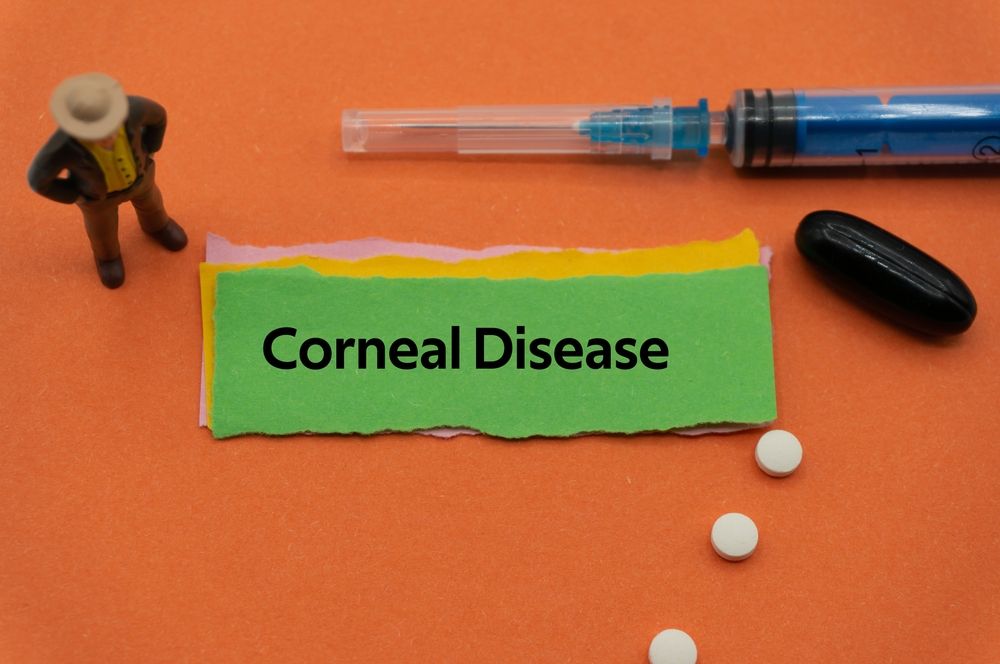
However, certain corneal conditions require medical attention even though they show little to no symptoms. See an eye care professional immediately if you experience any of the following signs of corneal disease: pain blurred vision or sensitivity to light. Even if everything looks normal in your eyes it's still critical to get regular eye exams.
Depending on your age, medical history, and other characteristics, an eye care professional can advise you on the frequency of examinations. For many years to come your ophthalmologist will identify and treat corneal diseases and other eye conditions to help you see clearly.
Corneal Diseases List
- Keratitis: Inflammation of the cornea that may be non-infectious or infectious (caused by microbes). Corneal ulcers are the result of infectious keratitis. Bacteria cause most cases of infectious keratitis. Occasionally, this problem can be caused by fungi viruses or parasites. Various factors, such as dry eye syndromes and eye injuries cause noninfectious keratitis.
- Corneal Ectasia: A collection of disorders that results in a thinned and protruding cornea. Keratoconus is the most common condition in this group. As a side effect of some surgeries such as corneal transplants and LASIK eye surgery, corneal ectasia can occasionally develop.
Your vision may gradually deteriorate because of corneal ectasia, even if there are no initial symptoms. Serious side effects such as corneal hydropsies might result. Abnormal protein fluid or other material deposits characterize a class of hereditary diseases, known as corneal dystrophy, in one or more corneal layers.
Certain forms of corneal dystrophies are progressive, meaning that they worsen with time. Some forms affect your vision as well. Fuchs dystrophy is the most prevalent corneal dystrophy. Other forms include granular corneal dystrophy lattice corneal dystrophy and epithelial basement membrane dystrophy (previously known as map-dot-fingerprint dystrophy).
What Signs And Symptoms Are Present In Corneal Disease?
Symptoms might include any of the following, depending on the particular condition.
- The pain in the eyes varies in intensity.
- Photosensitivity.
- Feeling anything in your eye.
- Foggy vision.
- Progressively worsening vision.
- Eyes that are red or bloodshot.
- Swollen eyes.
- Pus or discharge coming from the eyes.
These symptoms may point to a variety of possible diseases. Furthermore, some illnesses don't show any symptoms at all, especially in the beginning. If you encounter these problems, you must consult an eye care professional.
What Leads To Corneal Diseases?
There are several potential causes of corneal disorders, including:
- Sickness.
- An eye injury or trauma.
- Mutations in genes.
- Additional ocular conditions.
- A few health issues.
What Are The Corneal Disease Risk Factors?
Some corneal diseases may put you at greater risk if you:
- Suffer from a connective tissue illness.
- Experience immune system weakness.
- Give your eyes a rubbing.
- If you have eczema or hay fever you might feel more of the want to rub.
- Obtain eye surgery.
- Use contact lenses particularly if you don't clean them properly or wear them longer than planned.
How Long Does It Take For A Swollen Cornea To Heal?
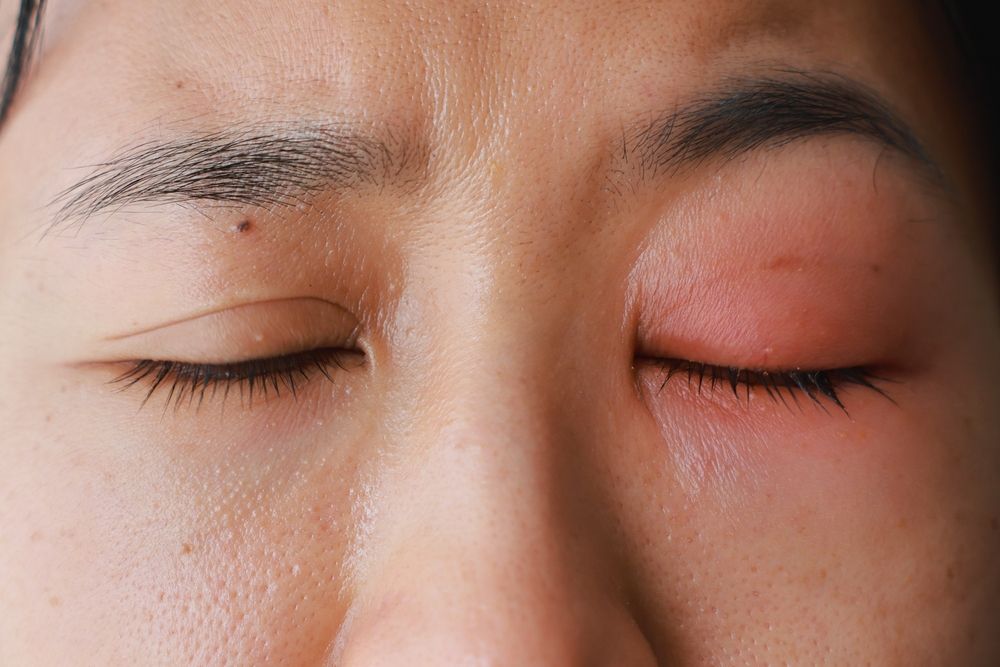
The ability to repair your corneas is amazing. Small corneal wounds recover in a matter of hours. It could take a few days for some injuries to heal. It might take longer in exceptional or particular cases. The best person to advise you on how long your recovery will probably take and what you can do to speed up the process is an eye care specialist.
How to Avoid Corneal Issues?
Although it's not always possible to avoid corneal issues, you can lower your risk by doing the following:
- Make sure your contact lenses are clean.
- Even though the package says wearing contact lenses while sleeping is never recommended.
- When operating machinery or handling chemicals, put on safety eyewear. This covers utilizing equipment like saws and hammers and performing yard work.
- If you play sports where something could get in your eyes wear protective eyewear.
- If you believe something is stuck in your eye, consult a doctor. Try not to take it out on your own.
- Schedule routine eye exams to identify vision issues early.
FAQ's
What is the Function of the Cornea?
The cornea serves as the eye's outermost lens, controlling and focusing the entry of light. It also protects the eye from germs, dust, and other harmful matter.
What Covers the Cornea?
The cornea is covered by a thin, transparent layer of epithelial cells, which serve as a barrier against foreign materials and absorb oxygen and nutrients from tears.
Which of the following is the Function of the Cornea?
The cornea's primary functions include refracting (bending) light to focus it onto the retina and serving as a protective barrier against pathogens and debris
What Does the Cornea Do in the Eye?
In the eye, the cornea directs light rays and helps focus them on the light-sensitive retina at the back of the eye, providing sharp, clear vision.


